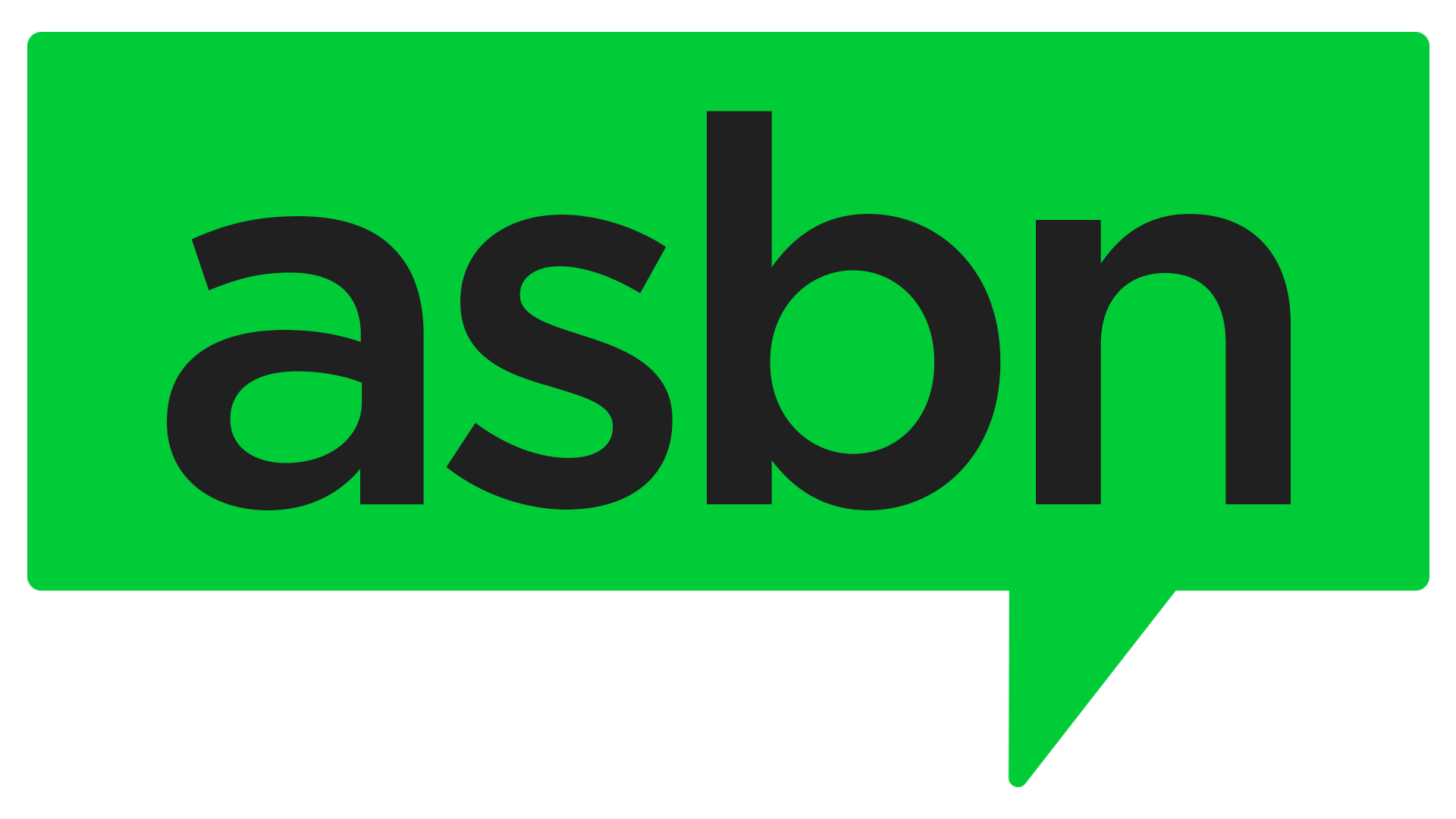Hiring the right employee is one of the most important decisions a company can make. The wrong hire can lead to missed deadlines, increased costs, and dissatisfied customers. The wrong hire can also harm your company’s culture and brand.
As the owner or director of your company, you should establish hiring standards and set clear expectations for your employees. You should know what it means to hire a quality candidate in the hiring process—and how to get it done.
Let’s look at some tips for helping you avoid hiring someone who is underqualified or isn’t a good fit for the job.
1. The Interview Will Tell You More Than the Resume
As a hiring manager, you’ve probably dealt with many resumes. You know how to look at them and determine if the candidate is qualified. However, research shows that half of all job applicants embellish their resumes. So, what you see on a resume isn’t always what you get. The interview can tell you more about a person than a resume. When you talk to someone in person, you get a better feel for their level of knowledge, competence, and commitment.
So, what are some things to watch out for? Here are three red flags that might mean your candidate isn’t qualified:
- The candidate isn’t interested in the job or company, but they’re still applying for it. If they’re applying for jobs they don’t care about, there’s no reason they’ll stick around once they get hired. They’ll just take another opportunity as soon as they can find one.
- The candidate talks too much about themselves in a superficial or irrelevant manner instead of answering your questions directly and succinctly. If a candidate has nothing substantial to say about themselves or the company they currently work for, chances are they don’t have much experience or knowledge that would help them perform well in this position
- The candidate doesn’t seem like a good fit personality-wise — they’re either too quiet or too loud (or both).
- Look for honesty and integrity in everything they say and do during the interview process. Also, pay attention to how they respond when asked about difficult situations or past failures.


Further reading: 5 steps for switching to a skills-based hiring approach
2. Ask for Referrals
Referrals are a great way to get a more accurate picture of what someone is like and whether they’ll fit into your company culture. Plus, if you’ve worked with them before, chances are you know what kind of work they can do and how well they work with others, which makes it easier for you to decide if this person will be a good fit for your team.
If you don’t have referrals from previous employers or clients (or if you don’t think this candidate will give you an honest answer about their strengths and weaknesses), then make sure that when you interview them, someone else is in the room who can ask questions about their past experience. It’s a chance to get a second opinion on whether you should hire them.
The best way to avoid hiring unqualified candidates is to ask for referrals from current employees, past employees, and even clients. If you can get at least three people who will vouch for the candidate, they’re worth a second look.
3. Do a Thorough Job of Prescreening Applicants
One of the best ways to avoid hiring unqualified candidates is to prescreen them thoroughly. This can save you a lot of frustration and unnecessary interviews.
There are many ways to do this, but this approach works well:
- Send a brief application form to all applicants. You can do it online or through email — whatever works best for you and your business. This will give you information about their education, experience, and skills so that you can start to know whether they’re right for the job.
- Have them complete a short test that directly relates to the job they’re applying for (for example, if they’re applying to be a customer service representative, ask them what they would do if faced with an angry customer).
- Set up an interview with each candidate who passes the first two steps. During this interview, ask questions related directly to their performance in previous jobs or with other companies (if possible).
4. Check Applicant’s Social Media Accounts
Many companies mistakenly hire only on the basis of a resume and an interview.
But what if you could save your company time and money by looking at a candidate’s social media accounts? The information you glean can help you see what kind of person they are and whether they’re qualified for the job.
Do this during your initial screening process. You don’t need to look at every post (though if there’s something fishy in their posts, it might be worth digging deeper). Just take a glance, and if something doesn’t feel right, reconsider hiring them until you can sort through things.
5. Take Your Time
When you’re looking for a new hire, it can be hard to know what to look for in a candidate. And if you don’t know what you’re looking for, it’s easy to get caught up in the excitement of interviewing someone and forget they might not be the best fit for the job.
Take your time. It’s tempting to rush through an interview process but rushing means you’ll end up choosing less-than-ideal candidates because they’re available sooner rather than later. It’s easier to hire the right person up front than trying to undo a bad hire.
Take time between interviews to give yourself space and reflect on what each person said during their interview. The more thoughtfully you approach each interview, the better your chances of finding someone who will be successful in their role.
The Bottom Line
Finding the right candidate isn’t easy. Many companies have faced the frustration of hiring the wrong candidate, which can lead to decreased productivity, unhappy customers, and many other problems. Hopefully, these tips will assist you in finding employees who will help take your business to the next level.







